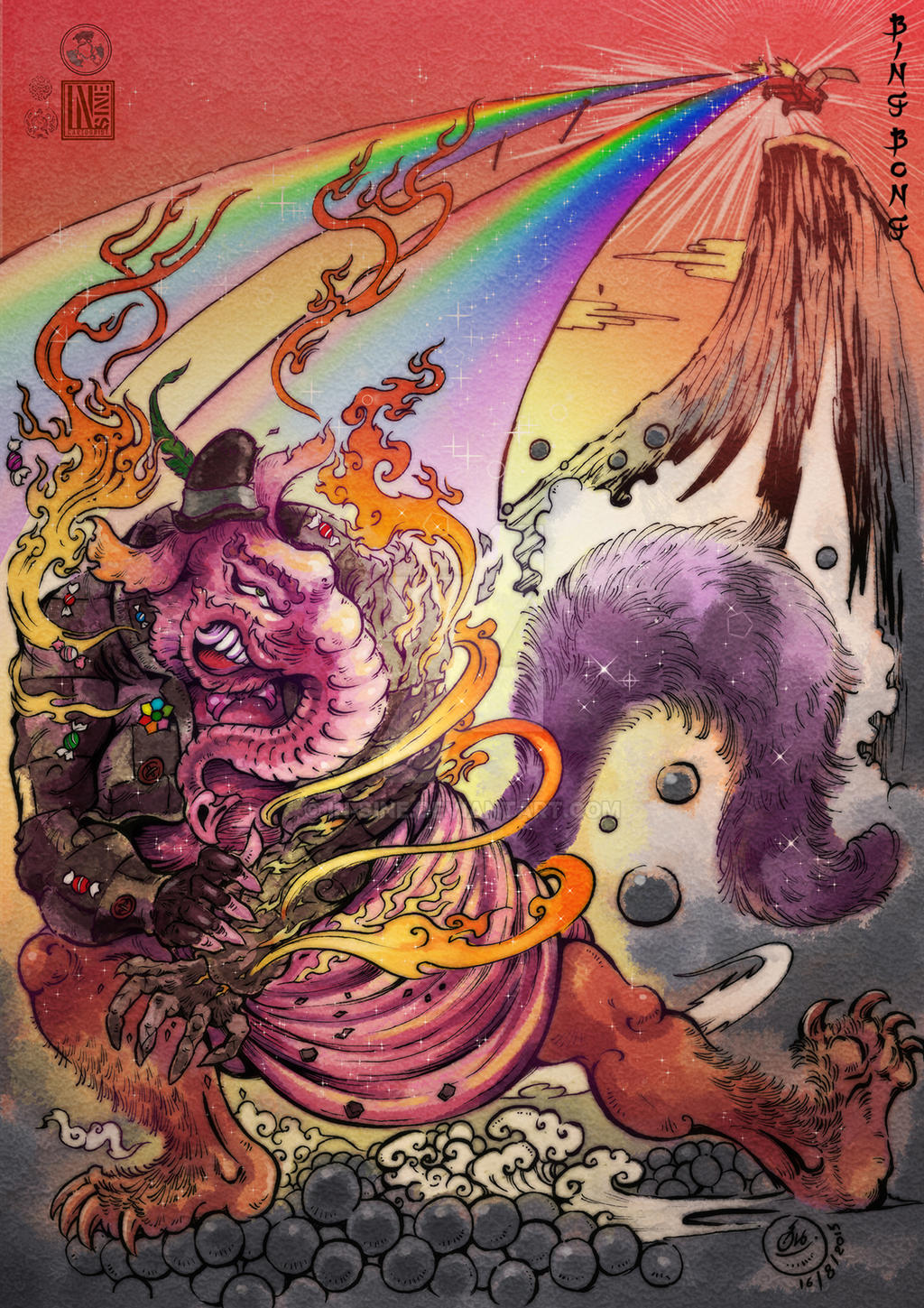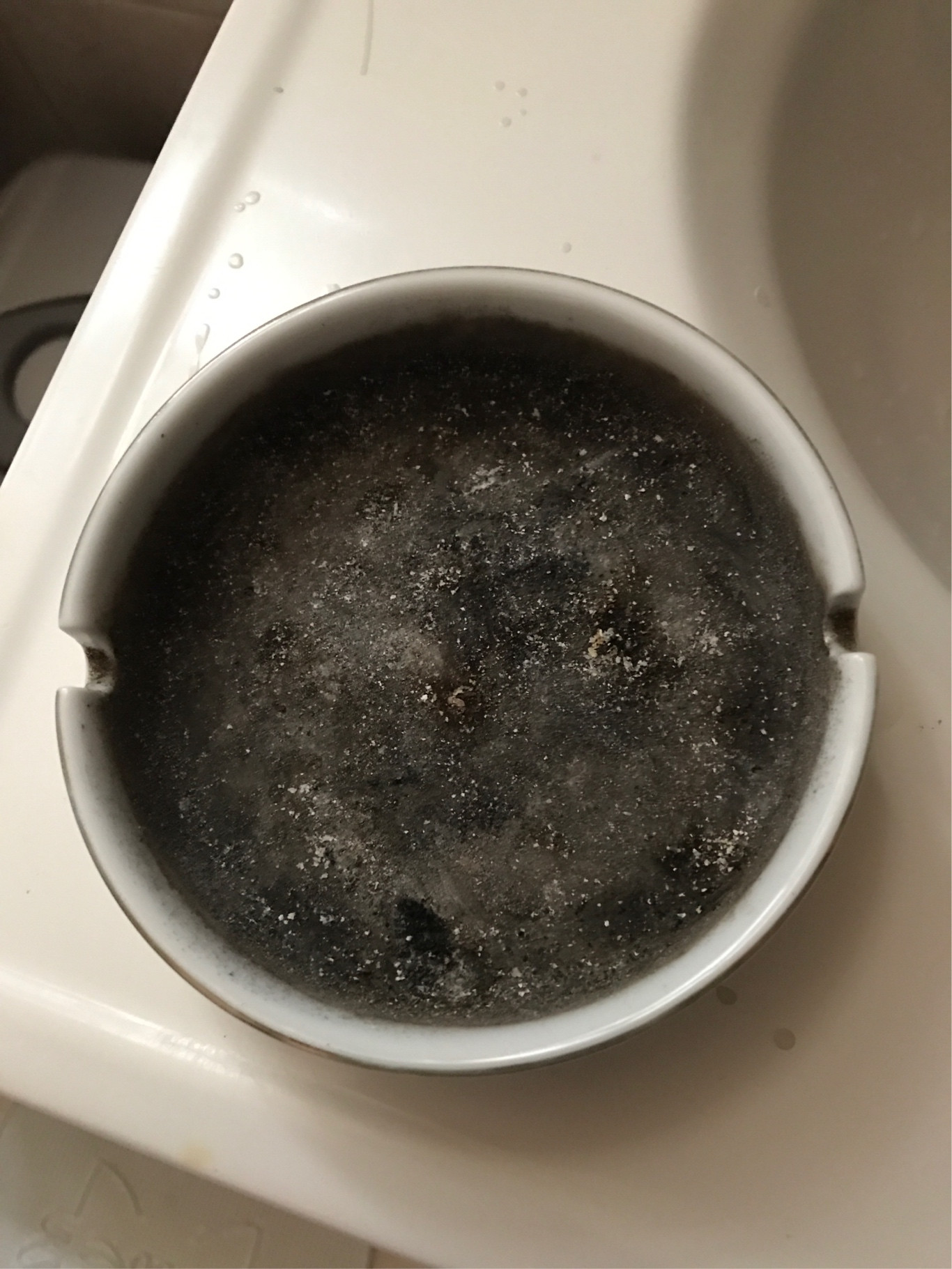A bong is a device that is used to smoke herb or tobacco by filtering and cooling the smoke through water. Bongs are also known by other names, such as water pipes, bubblers, bingers, or billys. Bongs have been around for centuries, and they come in different shapes, sizes, and materials. In this blog post, we will explore the history, design, and benefits of bongs, as well as some tips on how to use them safely and responsibly.
The history of bongs
The word bong is derived from the Thai word “baung” (บ้อง), which means a bamboo tube or cylinder used for smoking. Bamboo bongs were used by the Hmong people in Laos and Thailand, as well as in Africa, for hundreds of years.
Some of the earliest evidence of bong use dates back to 2400 years ago, when Scythian tribal chiefs in Russia used gold vessels to smoke herb and opium. Bongs were also invented independently in India, China, and Persia, where they were used to smoke tobacco and other substances. Bongs became popular in the West in the 20th century, especially during the hippie movement and the counterculture of the 1960s and 1970s.
The design of bongs
Bongs consist of four main parts: the bowl, the downstem, the base, and the neck. The bowl is where the herb or tobacco is placed and lit. The downstem is a tube that connects the bowl to the base. The base is a chamber that holds water and sometimes ice. The neck is a long tube that extends from the base to the mouthpiece. Some bongs also have additional features, such as percolators, diffusers, ash catchers, carburetors, or splash guards.
The basic principle of how a bong works is simple: when you light the herb or tobacco in the bowl, you inhale through the mouthpiece, creating a vacuum that draws the smoke down the downstem and into the water. The water filters out some of the tar and toxins from the smoke, as well as cools it down for a smoother hit. The smoke then rises up through the neck and into your lungs.
The benefits of bongs
Bongs have several advantages over other methods of smoking herb or tobacco, such as joints, pipes, or cigarettes. Some of these benefits are:
- Bongs produce cooler and creamier smoke than joints or pipes, which can be harsh on your throat and lungs.
- Bongs allow you to take bigger hits than joints or pipes, which can enhance your experience and effects.
- Bongs reduce some of the smell and taste of herb or tobacco, which can be unpleasant for some people.
- Bongs are easy to use and maintain, as long as you clean them regularly and replace the water.
- Bongs are fun and social, as you can share them with your friends and enjoy different designs and styles.
The risks of bongs
Despite their benefits, bongs are not without risks. Smoking any substance can harm your health in various ways, such as increasing your risk of lung cancer, chronic bronchitis, emphysema, asthma, and other respiratory diseases. Smoking can also affect your heart rate, blood pressure, immune system, mental health, and cognitive function.
Some of the specific risks associated with bong use are:
- Bongs can make you inhale more smoke than joints or pipes, which can expose you to more tar and toxins.
- Bongs can make you hold your breath longer than joints or pipes, which can deprive your brain of oxygen and cause damage to your blood vessels.
- Bongs can harbor bacteria and mold in the water and on the surfaces if not cleaned properly, which can cause infections or allergies.
- Bongs can be made of plastic or metal that contain harmful chemicals like BPA or phthalates, which can leach into the smoke and affect your health.
- Bongs can be addictive if used frequently or excessively, which can interfere with your personal life, work performance, or academic achievement.
How to use bongs safely and responsibly
If you choose to use bongs, there are some steps you can take to minimize the risks and maximize the benefits. Here are some tips on how to use bongs safely and responsibly:
- Use bongs made of glass, ceramic, or wood, which are safer and more durable than plastic or metal.
- Change the water in your bong before and after each use, and clean your bong regularly with alcohol or vinegar and hot water.
- Use organic herb or tobacco, which are free of pesticides, additives, or synthetic chemicals.
- Use a grinder to break up your herb or tobacco, which will make it burn more evenly and efficiently.
- Use a screen or a filter in your bowl, which will prevent ash and debris from entering the water and clogging the downstem.
- Don’t pack your bowl too tightly or too loosely, which will affect the airflow and the quality of the smoke.
- Don’t light your herb or tobacco directly with a lighter or a match, which can produce harmful gases. Use a hemp wick or a torch instead.
- Don’t inhale too hard or too fast, which can cause you to cough or choke. Take slow and gentle draws, and exhale slowly.
- Don’t hold your breath for too long, which can cause hypoxia or hypercapnia. Inhale for no more than 3 seconds, and exhale immediately.
- Don’t use bongs alone, which can be dangerous if you have an adverse reaction or an emergency. Use bongs with a trusted friend or in a safe environment.
- Don’t use bongs too often or too much, which can lead to tolerance, dependence, or addiction. Use bongs occasionally and moderately, and take breaks between sessions.
Conclusion
Bongs are devices that are used to smoke herb or tobacco by filtering and cooling the smoke through water. Bongs have a long history and a variety of designs and features. Bongs have some benefits over other methods of smoking, such as producing smoother and cooler smoke, but they also have some risks, such as harming your lungs and exposing you to bacteria and chemicals. If you choose to use bongs, you should do so safely and responsibly by following some simple tips and precautions.
References
-
How Does a Bong Work? Benefits, Risks, and Myths – Healthline
-
Bong – Wikipedia
-
What Is a Bong? Weed Bong Definition | Weedmaps
.




